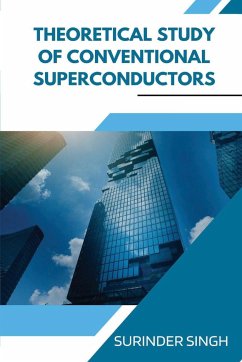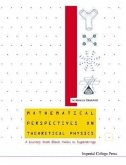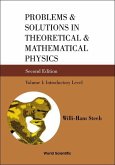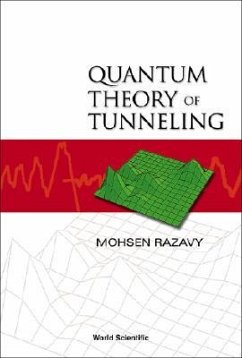The theoretical study of conventional superconductors is an essential area of research in condensed matter physics. Conventional superconductors are materials that can conduct electricity with zero resistance below a certain temperature, known as the critical temperature. The discovery of superconductivity in 1911 revolutionized the field of physics and has led to many practical applications, such as magnetic resonance imaging (MRI) and particle accelerators. The theoretical study of conventional superconductors aims to understand the fundamental principles that govern the behavior of these materials at low temperatures. The two key concepts in conventional superconductivity are the BCS theory and the Ginzburg-Landau theory. The BCS theory, proposed by Bardeen, Cooper, and Schrieffer in 1957, describes how electrons in a superconductor form Cooper pairs, which are responsible for the zero resistance in the material. The theory also explains the critical temperature of a superconductor, which is determined by the strength of the attractive interactions between the electrons. The Ginzburg-Landau theory, developed by Vitaly Ginzburg and Lev Landau in 1950, describes the behavior of the superconducting order parameter near the critical temperature. The theory provides a mathematical description of the transition from a normal conductor to a superconductor and explains how magnetic fields affect the behavior of a superconductor. Theoretical study of conventional superconductors has led to many important discoveries, including the Meissner effect, which explains how superconductors can exclude magnetic fields, and the Josephson effect, which describes the flow of supercurrents between two superconducting materials separated by a thin insulating barrier. In conclusion, the theoretical study of conventional superconductors is a fascinating and important field of research that has led to many practical applications and fundamental discoveries in condensed matter physics. The BCS and Ginzburg-Landau theories provide a theoretical framework for understanding the behavior of superconductors at low temperatures and have inspired new areas of research, such as high-temperature superconductivity.








